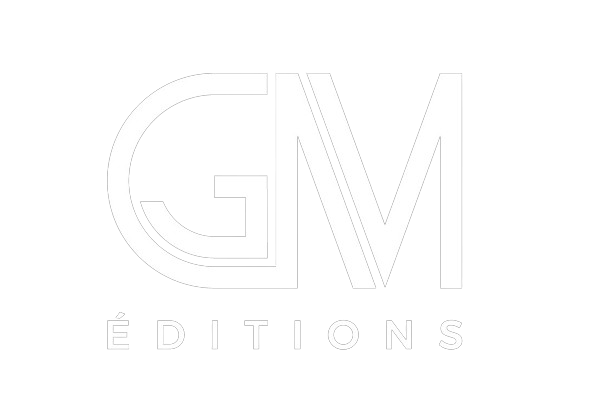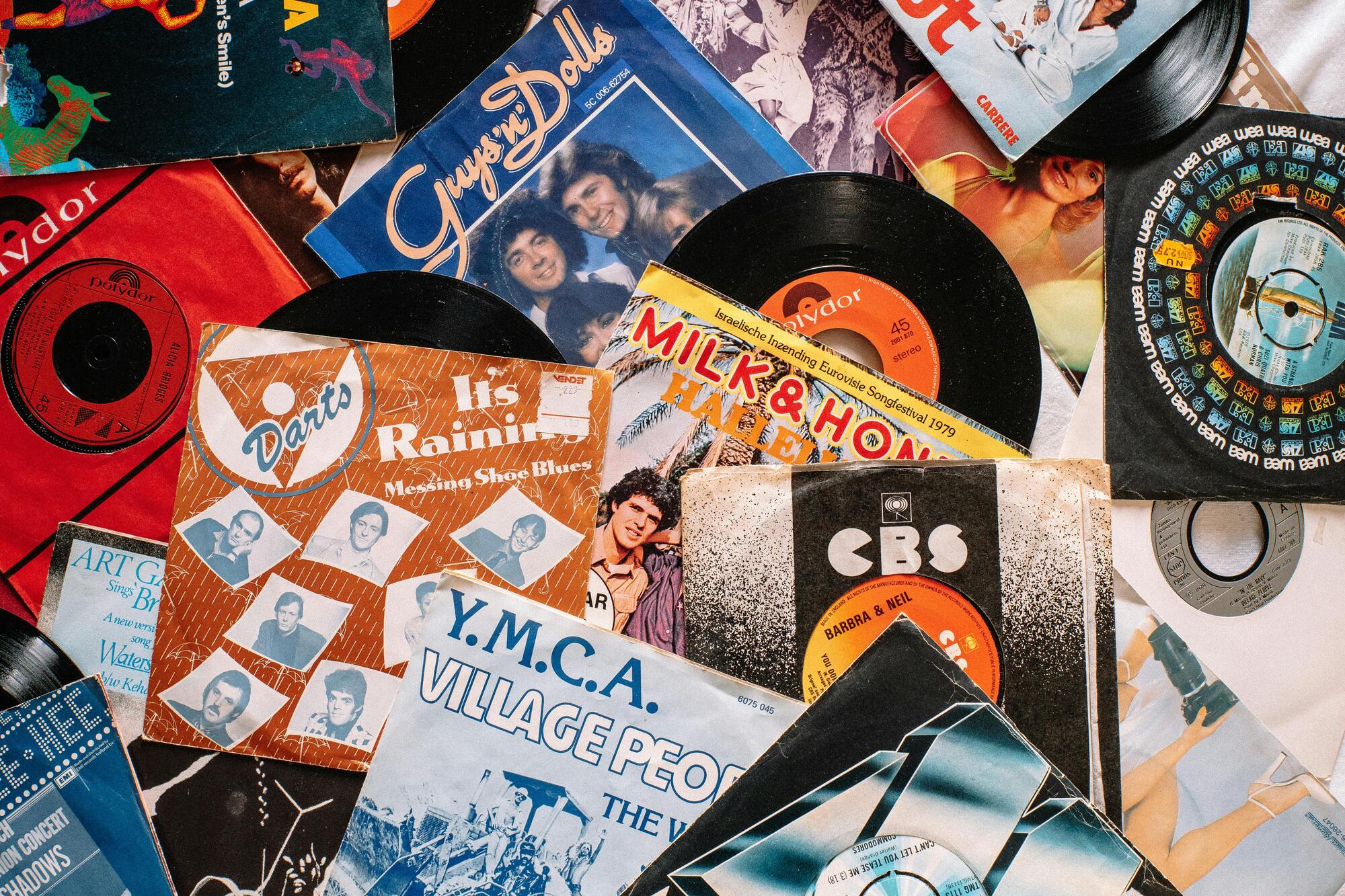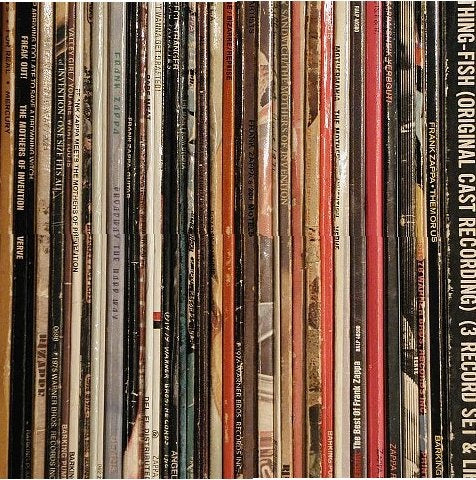Vinyl , a cult object for music lovers, has marked the history of recording and music distribution. Although we are now surrounded by digital formats, vinyl has survived the decades, making a strong comeback in recent years.
The beginnings of musical recording
Before the arrival of vinyl , recorded music went through several stages of technological development. The phonograph, invented by Thomas Edison in 1877 , was one of the first machines capable of recording and reproducing sounds. At that time, the medium used was a cylinder covered in wax. However, this format was limited in capacity and fragile, which led inventors to look for alternatives.
Towards the end of the 19th century, the flat disc, invented by Emile Berliner , began to replace cylinders. This new medium, known as the gramophone , allowed for easier and larger-scale production, which helped popularize recorded music. However, these early discs were made of shellac, a natural resin that, while durable, did not provide optimal sound quality and remained vulnerable to damage.
The invention of vinyl
The real turning point came in the 1940s with the introduction of the vinyl record. The American company RCA Victor , seeking to improve the sound quality and durability of records, began experimenting with polyvinyl chloride, a plastic material much stronger than shellac. Vinyl had several advantages: it was lighter , more flexible , and offered better sound quality by reducing surface noise.
In 1948 , Columbia Records released the first 33 ⅓ revolutions per minute (RPM) vinyl record , a format that would revolutionize the music industry. This format allowed for up to 22 minutes of music to be recorded per side, compared to only 4 minutes on older shellac 78 RPM records. 33 RPM vinyl, often referred to as " LP " (Long Play), quickly became the standard for albums.
The Golden Age of Vinyl
The 1950s and 1960s saw the rise of vinyl as the dominant medium for recorded music. Artists could now create full-length albums, not just singles, allowing for greater creativity and an immersive listening experience. The 45 rpm format, introduced shortly after, also allowed for the release of singles, providing a perfect complement to LPs.
Vinyl also fostered the art of album art, which became a central part of music's visual identity. Vinyl covers allowed artists and labels to express themselves visually, creating iconic works of art that remain etched in the collective memory.
Decline and rebirth
With the advent of the CD in the 1980s and the rise of digital formats in the 2000s , vinyl experienced a significant decline. The CD, with its compactness and ability to deliver crackle-free digital sound quality, seemed poised to replace vinyl for good.
Yet despite this competition, vinyl never completely disappeared. On the contrary, it has experienced a spectacular resurgence over the past two decades. This resurgence can be attributed to several factors: a nostalgia for analog sound, an appreciation for the physical object, and a reaction against the dematerialization of music. For many music lovers, vinyl represents an authenticity and sonic depth that digital formats struggle to replicate.
From its humble beginnings to its contemporary renaissance , vinyl has endured through the ages and technological revolutions to remain a musical medium of choice. As a symbol of musical culture , vinyl continues to embody the passion, craftsmanship, and love of music, proving that sometimes, the formats of the past are still the ones that resonate best with our souls. For those seeking to understand the magic of vinyl, it is not just a listening medium, but a cultural experience in its own right.




Leave a comment
This site is protected by hCaptcha and the hCaptcha Privacy Policy and Terms of Service apply.